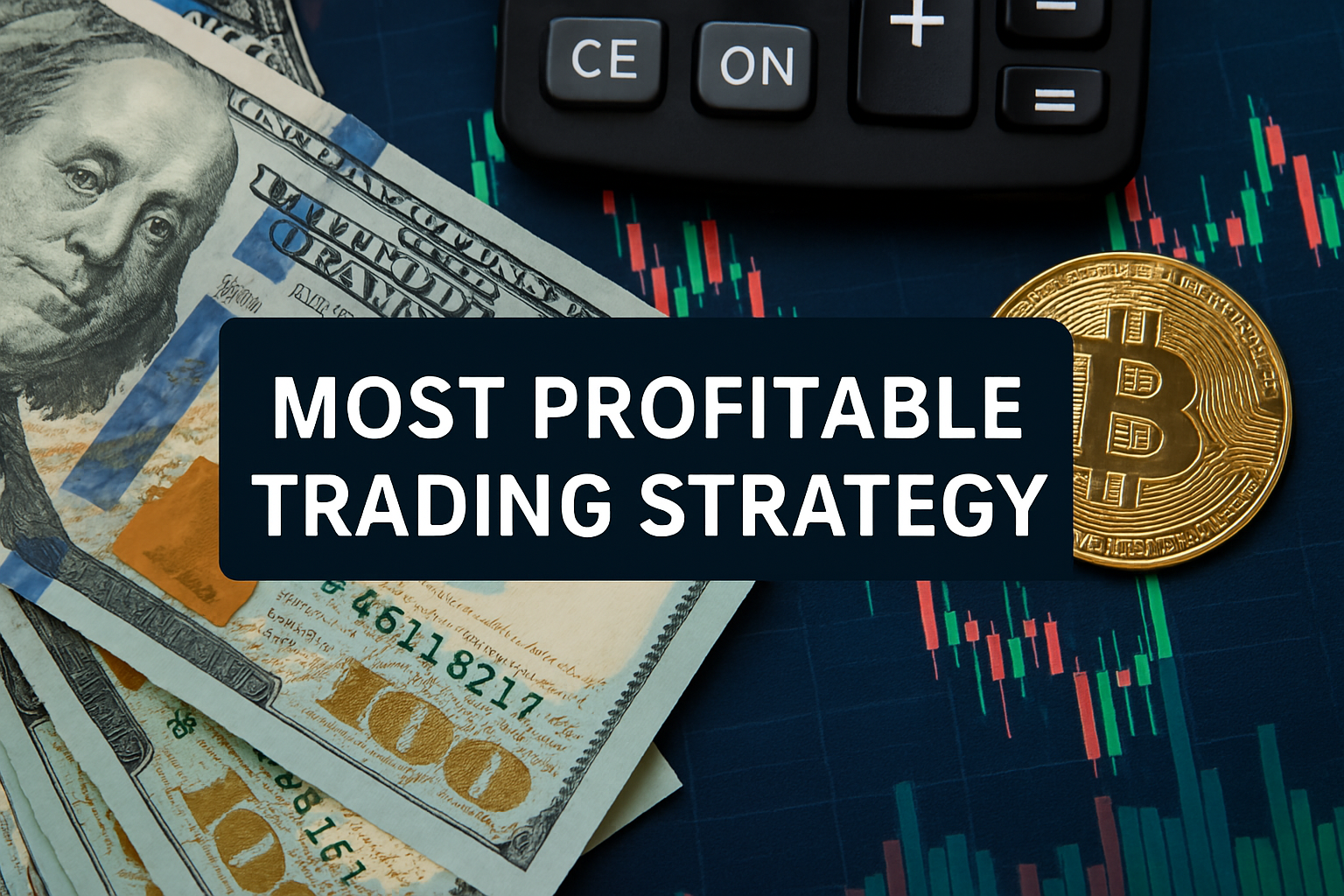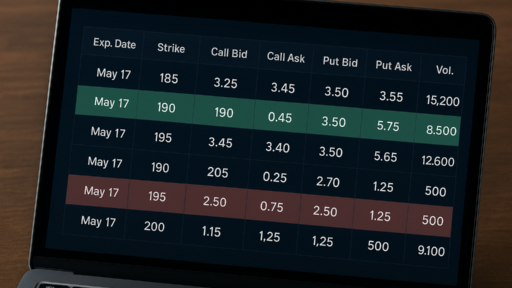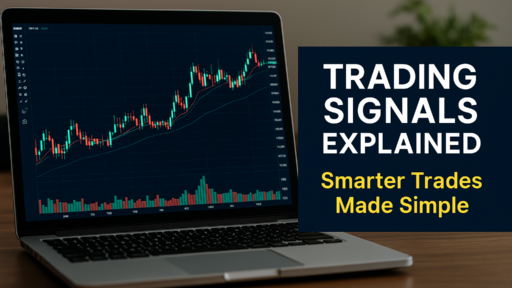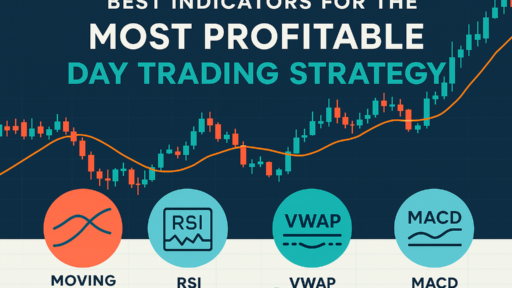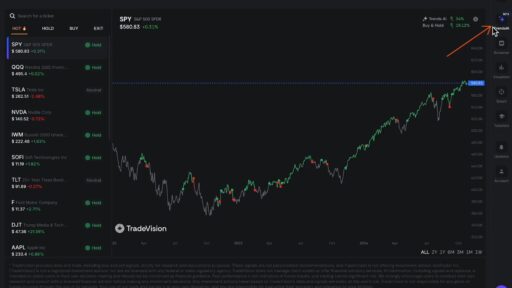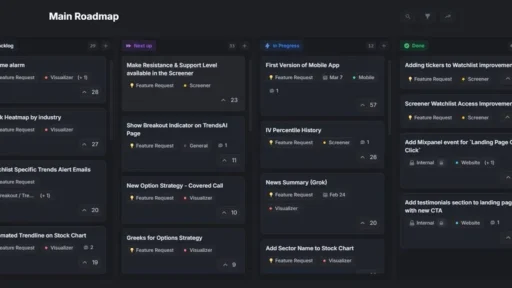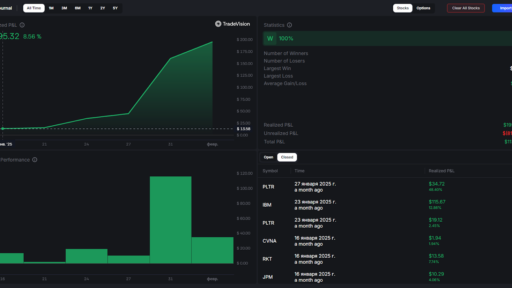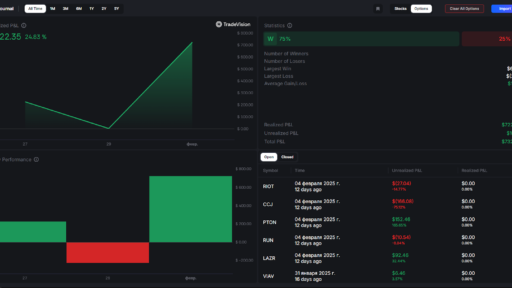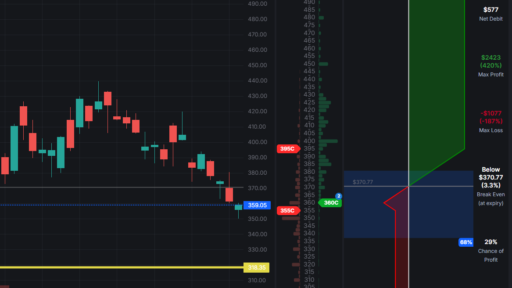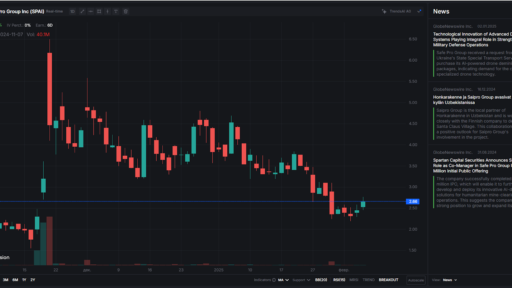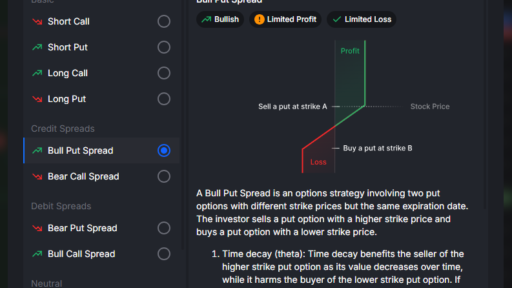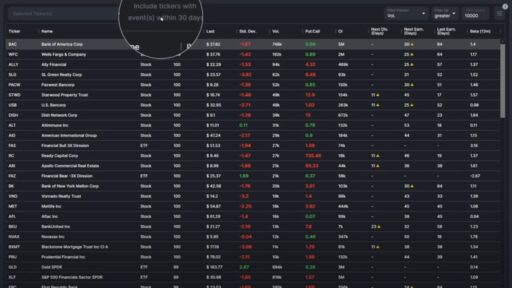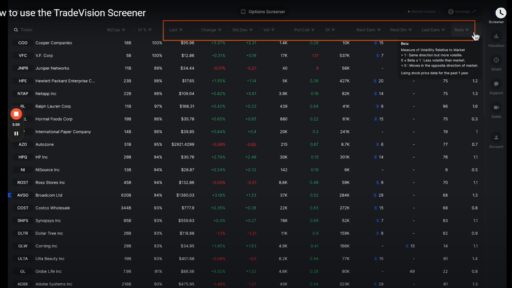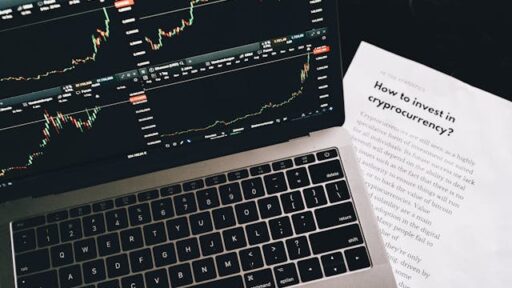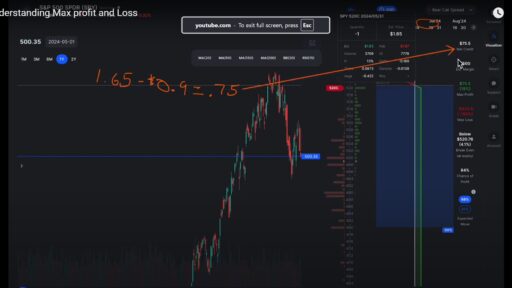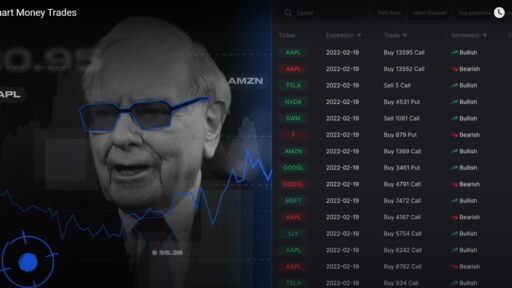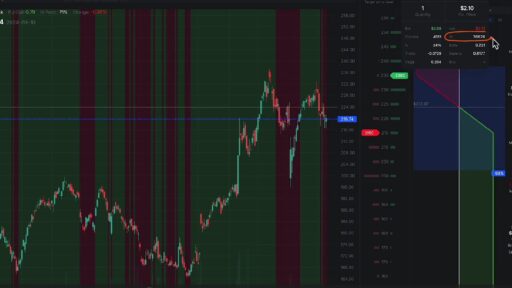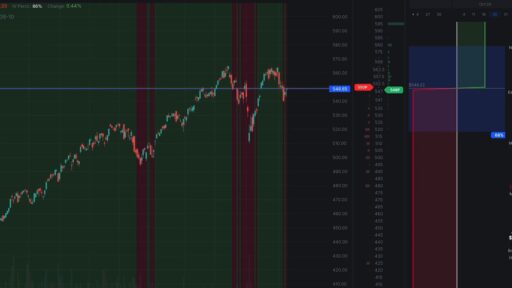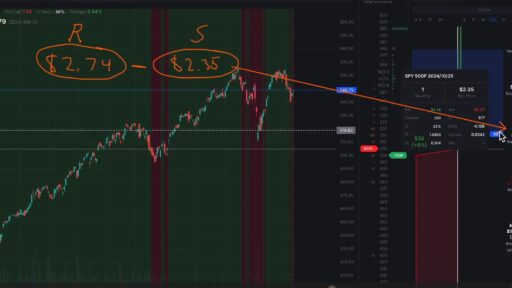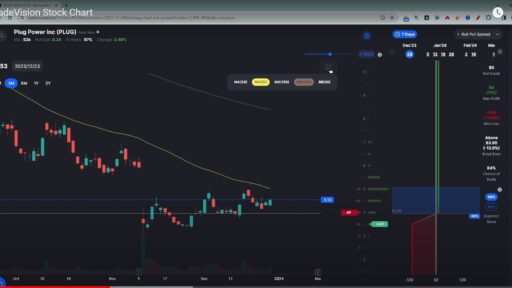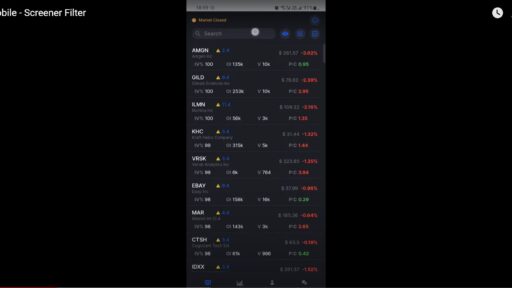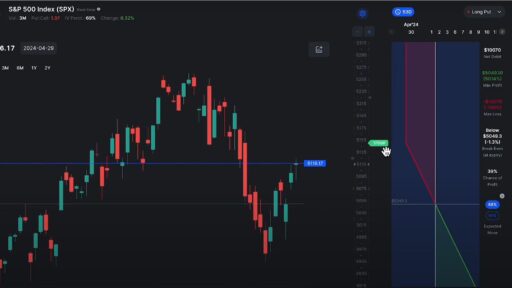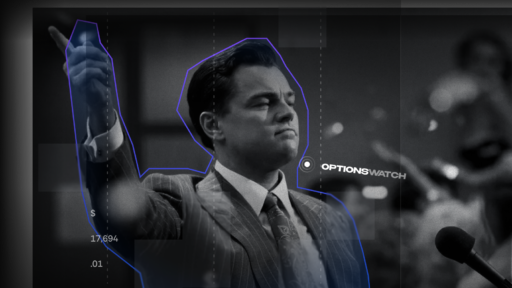In the dynamic world of financial markets, traders are constantly seeking the most profitable trading strategy to maximize returns while minimizing risk. With countless strategies ranging from day trading and swing trading to algorithmic models and long-term investing, finding a strategy that consistently delivers profits is both an art and a science.
This blog post explores the most profitable trading strategy based on real-world data, trader experiences, and performance metrics. Whether you’re a beginner or a seasoned trader, understanding the foundations and nuances of this strategy can elevate your trading game.
What Defines the Most Profitable Trading Strategy?
Profitability in trading is not merely about making the most money. It involves a balance between returns, risk management, consistency, and adaptability. A profitable strategy should have:
- High Win Rate – A significant percentage of successful trades.
- Positive Risk-Reward Ratio – Profits should outweigh losses significantly.
- Scalability – Can be applied with larger capital without diminishing returns.
- Sustainability – Works across various market conditions and over long periods.
- Manageable Drawdowns – Keeps losses under control during bad periods.
The Core of the Most Profitable Trading Strategy: Trend Following
Among various approaches, trend following stands out as the most profitable trading strategy for many traders and hedge funds. The core idea is simple: “the trend is your friend.” This strategy capitalizes on sustained market moves, whether upward or downward.
How It Works:
- Identify an emerging trend using indicators like moving averages (e.g., 50-day or 200-day).
- Enter a trade in the direction of the trend.
- Use trailing stops to protect profits and exit when the trend reverses.
Why It Works:
- Markets often exhibit momentum due to herd behavior, economic cycles, and institutional investment.
- Trend followers profit from extended moves rather than short-term fluctuations.
Tools and Indicators for Trend Following
To implement a trend-following strategy effectively, traders often use:
- Moving Averages: Smooth price data to identify trends.
- MACD (Moving Average Convergence Divergence): Shows trend strength and reversals.
- ADX (Average Directional Index): Measures the strength of a trend.
- Breakout Signals: Prices breaking above resistance or below support can signal trend initiation.
Risk Management in Trend Following
Risk management is crucial in making this the most profitable trading strategy. Key practices include:
- Position Sizing: Never risk more than 1-2% of your capital on a single trade.
- Stop-Loss Orders: Protect against large losses.
- Diversification: Trade across multiple assets or sectors.
- Backtesting and Forward Testing: Validate the strategy with historical data and real-time simulation.
Real-World Examples
- Turtle Traders: Famous for turning a group of novices into profitable traders using a simple trend-following strategy.
- Managed Futures Funds: These often use systematic trend-following models and have delivered strong long-term returns.
Advantages of Trend Following
- Simplicity: Easy to understand and implement.
- Low Emotional Involvement: Relies on rules, not emotions.
- Time Efficiency: Suitable for traders who can’t monitor markets all day.
Disadvantages of Trend Following
- Lagging Entries and Exits: Waits for confirmation, which can reduce profit margins.
- False Breakouts: Can lead to small losses before a trend is confirmed.
- Choppy Markets: Performs poorly in sideways markets with no clear trend.
Enhancing the Strategy
To improve this strategy’s profitability, traders often incorporate:
- Multiple Time Frame Analysis: Confirm trends on different chart periods.
- Volume Analysis: Higher volume confirms trend strength.
- Sentiment Indicators: Gauge market mood to support trend decisions.

Automation and Algorithmic Trading
With advancements in technology, many traders automate the most profitable trading strategy using trading bots and algorithmic systems. Benefits include:
- Speed and Accuracy: Instant execution of trade signals.
- Backtesting Capabilities: Test thousands of variations quickly.
- Emotion-Free Trading: Removes psychological biases.
Adapting to Market Conditions
While trend following is effective, no strategy works all the time. It’s vital to:
- Monitor market volatility.
- Adjust stop-loss levels accordingly.
- Use complementary strategies (e.g., mean reversion) in sideways markets.
Long-Term vs. Short-Term Trend Following
- Long-Term: Less frequent trades, more stable returns, lower transaction costs.
- Short-Term: Higher frequency, more opportunities, but increased costs and noise.
Choose based on your risk tolerance, capital, and time commitment.
Combining Strategies for Maximum Profitability
Some traders combine trend following with other strategies, such as:
- Breakout Trading: Entering at key support/resistance levels.
- Momentum Trading: Buying assets with strong recent performance.
- Fundamental Analysis: Using earnings, news, or macro data to support technical signals.
FAQs
Q1: Is trend following the most profitable trading strategy for beginners?
Yes, due to its simplicity and rule-based approach, it’s one of the best strategies for beginners who can remain disciplined and patient.
Q2: How much capital do I need to start with this strategy?
You can start with as little as $1,000, but having $5,000–$10,000 allows for better diversification and lower risk per trade.
Q3: How long should I hold my trades?
This varies. Some trends last days, others months. Let the indicators and your rules guide you.
Q4: Can this strategy be used in crypto trading?
Absolutely. Trend following works well in volatile markets like cryptocurrencies where trends can be strong and persistent.
Q5: What is the win rate for trend following?
Typically, trend-following strategies have win rates between 30–50%, but the average win is much larger than the average loss.
Q6: Do professional traders use trend following?
Yes, many hedge funds and professional traders incorporate trend following, especially in futures and forex markets.
By mastering trend following—the most profitable trading strategy—you can build a trading system that thrives over the long term. It requires patience, discipline, and continuous refinement, but the rewards can be significant for those who stick with it.
If you’re looking to apply the most profitable trading strategy with professional-grade tools and insights, consider using TradeVision. It’s a platform designed for traders who want to leverage powerful analytics, real-time data, and automation features to optimize their performance and stay ahead in the markets.

